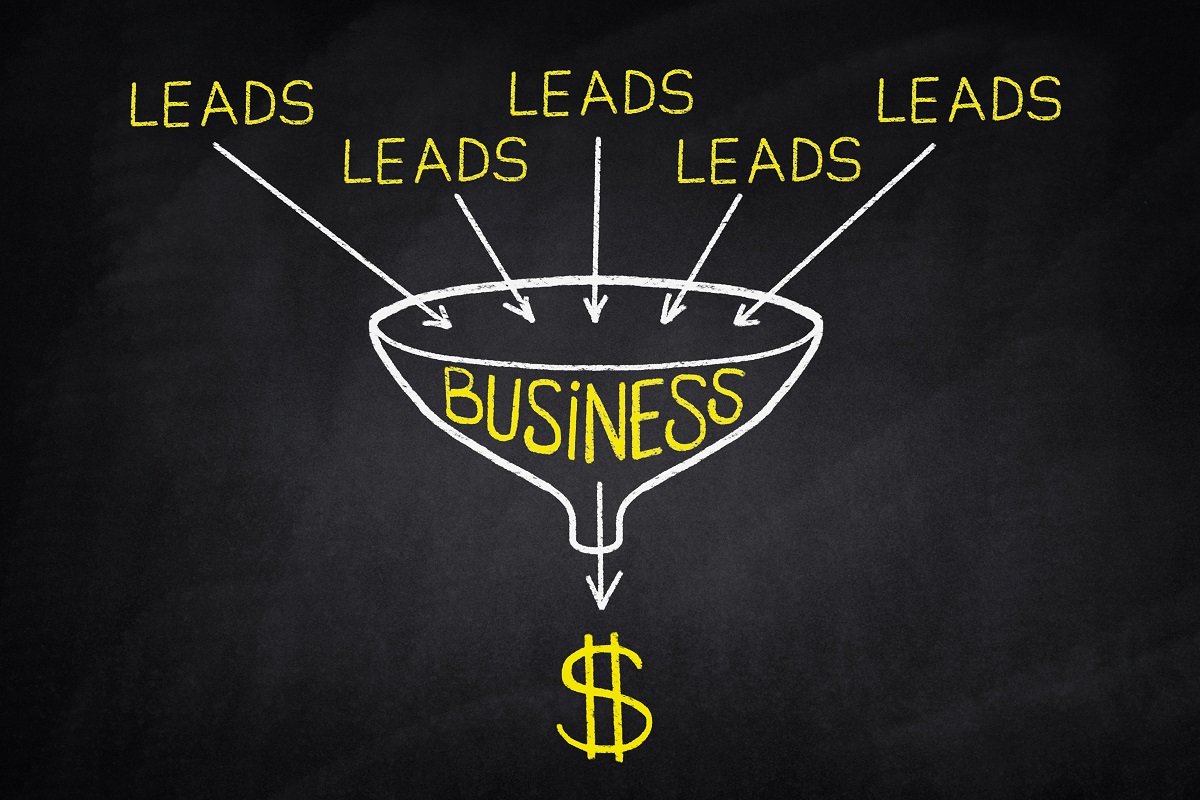Marketing is a vast affair. Branding, positioning, sales, and customer relationship programs all seam-in and cluster-up to build the function of marketing. Technically, marketing is pitching your offerings to create a recurring business-critical value channel serving the bottom line of your business (sale in most cases).
With so many layers and traits to it, marketing needs to be treated with a fool-proof plan to be able to deliver the best results for your business. Here, as a marketer, your first job is to identify your prospects. Planning material, devising the course of action, establishing performance metrics, validating marketing programs, and tracking results, everything joins in later.
So, as you start with identifying your prospects you get to do this by segregating these audiences into different legs and stages of communication. That’s where you need to create marketing funnels going with a thorough content marketing plan.
To take help with content marketing services and know how to build marketing funnels you can reach out to experts at ESage Digital.
Understanding Marketing Funnels
Just like you have different friends who share a different equation and rapport with you, you have different prospects with different degrees of inclination and understanding of your business. This requires you to interact and engage with them differently.
Similarly, as it takes a whole process of building trust and developing interest for acquaintances to become your good friend. The same applies in the case of customers.
At first, you just have a data of a random user who could be interested in your business. Then as you reach out to them and start a cold conversation, they know about your business profile. This goes on to building a rapport with them and create their need to buy your product or service. And finally, you get them to reach the other end of the customer journey where they have the highest motivation and urge of buying with you.
Doing this, you need to adopt varied methods and tools of communication. Putting up with marketing programs that follow the proper process of ideation, planning, and execution fed with the right pitch of offering. With an actionable roadmap to attract, encourage, acquire, and convert optimally.
This is where the marketing funnel gets to play its big-bracket role!
Marketing Funnels allow business owners and marketers to strategically gain visibility and competitive advantage through well-defined and selective marketing communication.
Funnels have stages to address different customer profiles, user mindsets, marketing agendas, and buying journeys. So, it follows the right order and flow of communication to make the most of the underlying marketing agenda.
There are Three Major Phases of The Buyer Journey That Form Three Stages of a Marketing Funnel:
Awareness:
Your prospect doesn’t know if a problem or requirement exists or is just ignorant about it. Here, he needs to get informed and educated about it in the first place, to be able to find it worth considering. For example, a person may not realize the need to buy Apple Cider Vinegar until he knows what health benefits it offers and how it can help him keep his health in check. This requires you to prep-up and circulate information about it through blogs, newsletters, and social pitches.
Consideration:
As the user finds out how Apple Cider Vinegar can help him fight obesity and control blood sugar levels connecting it with his condition, he is qualified to enter the consideration stage of the funnel. This is the time he should be interested in knowing why out of so many options available in the market would he buy the product from you.
Sharing information about your product is of key importance here. Goes with details like – It is made of organic pulp (depicted by the nutrition label), doesn’t have side effects (as verified by the health authorities), has proven results (backed by customer testimonials). This makes it gain an edge as a product for the user to find it worth considering for buying.
Decision:
Prospects who have spent some time learning about your product and comparing it with different options have formed a strong inclination towards your product. They are on the verge of making the final decision now. This is the stage that gets you to seal the deal. They just need a quick trigger or a gentle push in the form of a FOMO discount offer or a subscription benefit and they will be making purchase at any moment.
How Do a Marketing Funnel Work and Help in Business Growth?
At the core of it, funnels are only created to appoint a functional process to selectively communicate with the target business audiences. It aims at implementing clearly defined stages and a process of marketing to make the entire communication more organized, effective, and result-oriented.
Here, you get to act upon marketing plans that target users going with a tactical framework of ideas and communication pieces that make them respond and adapt to the curve of offerings throughout the customer journey, eventually serving your business objective.
Top-of-the-funnel Program For The Awareness Stage
At the first stage of the funnel, you target information-qualified leads. Here you need to answer common problems, establish trust, and command thought leadership through well-directed and aptly-designed communication. This may include blogs, whitepapers, social deck creatives, and inbound material to stage-up content, spread information, and amplify the message to the top-of-the-funnel prospects.
As you see early leads coming through this funnel, you should introduce product positioning entering into a dialog with your users. If you receive some queries from them you should be answering them generally without pitching your product.
Here you will get to build trust with your prospects as they will count on you for any information around your area of expertise. This will also get you to lead your way in the segment through thought leadership.
Middle-funnel Program For The Consideration Stage
This is the stage where you aim at acquiring marketing-qualified leads. Here, your prospects are qualified to be exposed to the business or product information. So, you should be planning to pitch your product here with all the features and benefits that propose value to the users.
This may include address pushbacks. This can be done effectively with the help of product catalogs, case studies, flyers, emailers, and landing pages and can be effectively managed with the help of workflows, lead scoring, and CRM integrations.
This will help you to threshold users based on their actual need of purchase. With this, you will also connect with qualified prospects and build a loyal user base organically.
Bottom-of-the-funnel Program For The Decision Stage
The decision stage focuses on gaining sales-qualified leads. This is where you have access to the low hanging fruits of your campaign. The prospects here are aware of what you have to offer and they have already considered your offerings.
All you need to do here is be direct and persuasive with your offer. Get your customers the maximum reasons to buy from you. You can use discount coupons, limited-time offers, media remarketing, smart call-to-actions, and even direct reminder calls if your format permits so.
This is your fair opportunity to sell and convert your users to be your loyal customer and promotors, out-funneling them through effective trailing communication and apt closure.
To Conclude
Marketing funnels are instrumental in systematically building a channel of communication between businesses and users. It is built on a tactically-driven value-integrated practice of marketing that emphasizes commanding user attention, raising awareness, building trust, inducing choice, and influencing buying decisions of the target users.
Assuring you of the optimum outturns right from generating leads to processing them into real value, funnels make sure you do not have any missed opportunity and gap in performance with converting prospects into valued customers.
For a thorough understanding of marketing funnels and how to implement them right in your business, you can reach out to experts at ESage Digital.








